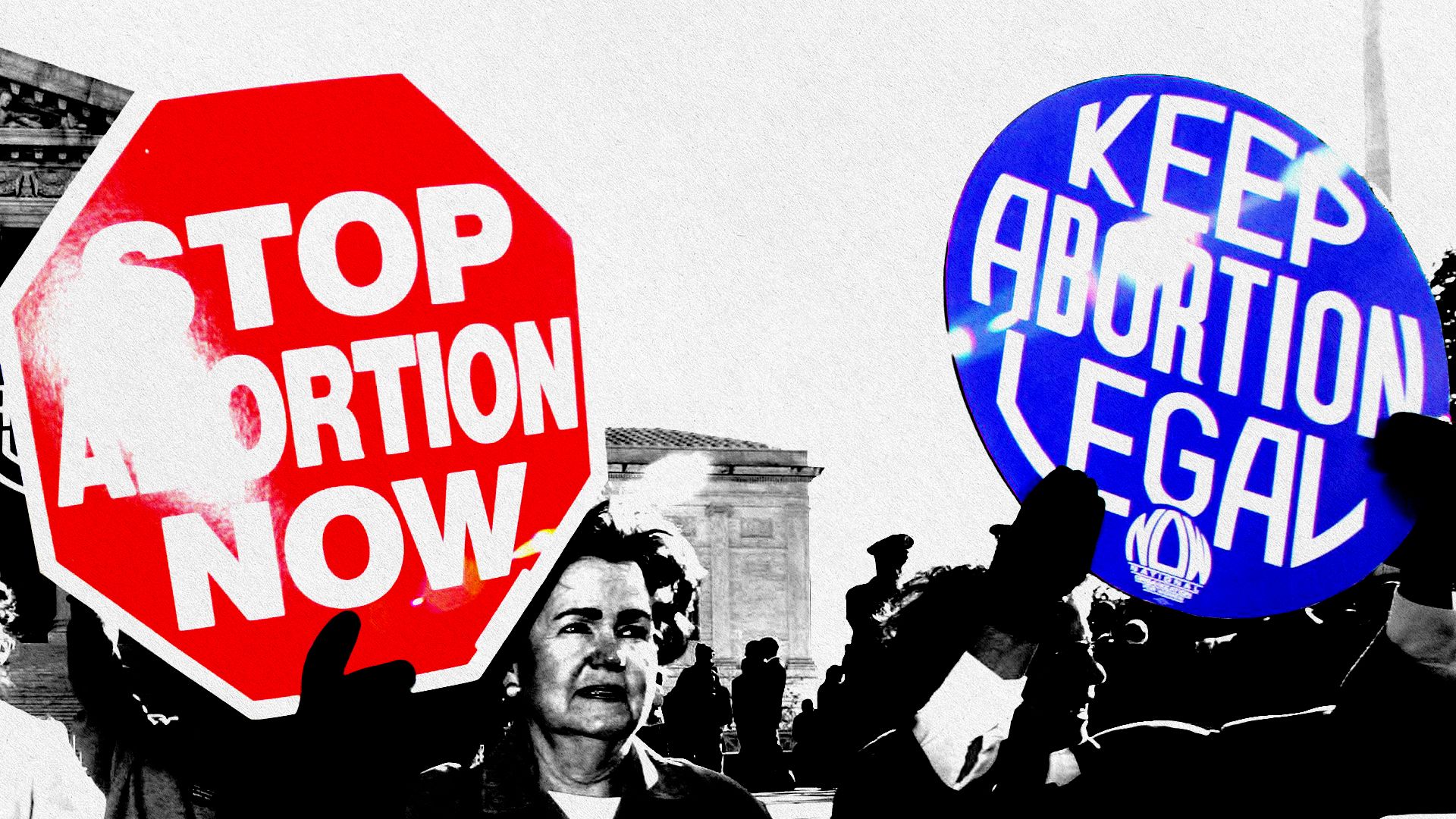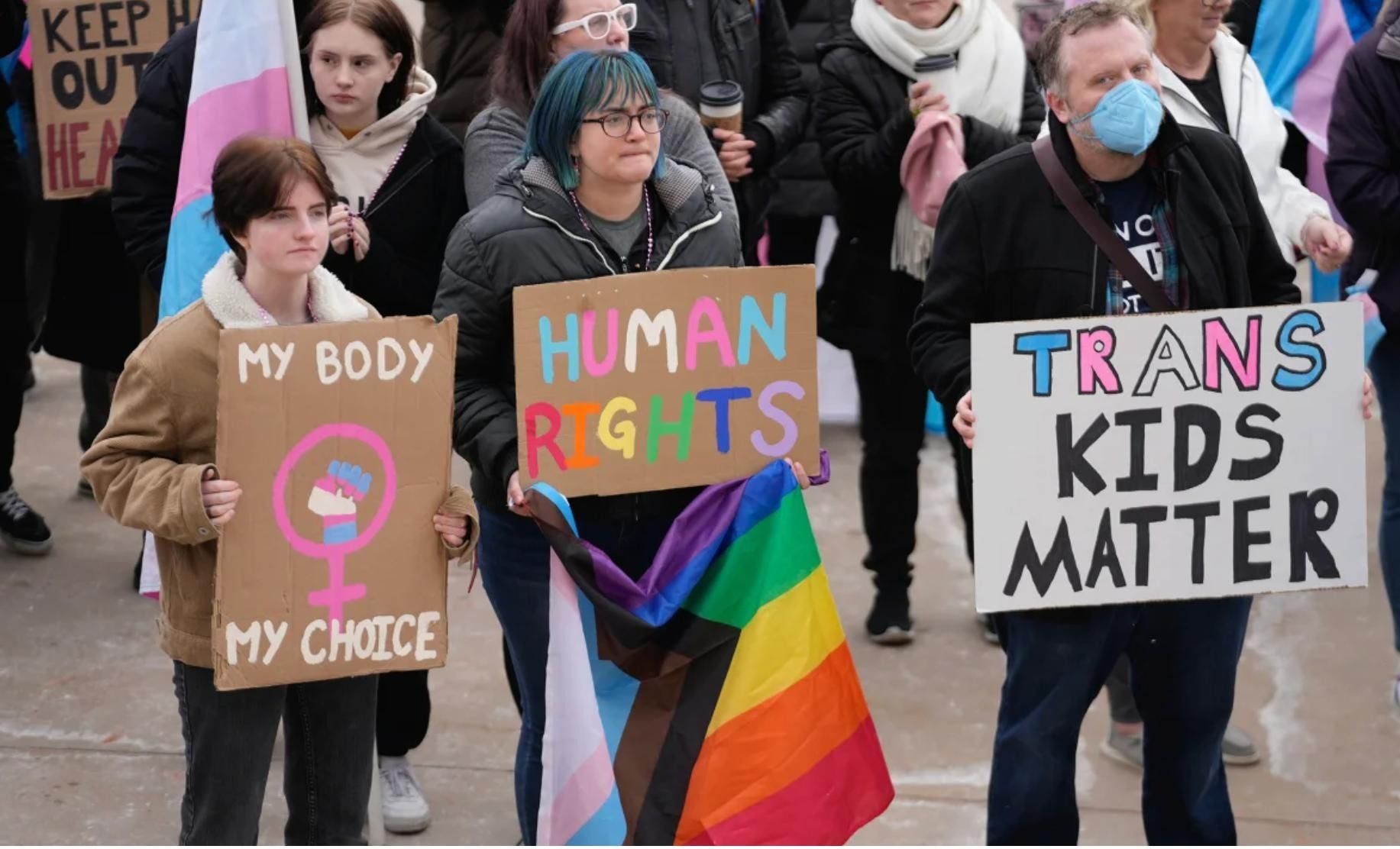*Published with the generous permission of Teri Kanefield. Read all of her writing here.
By Teri Kanefield
From May 25, 1787, until September 17, 1787, delegates from twelve of the newly independent states gathered in Philadelphia’s Independence Hall for what came to be called the Constitutional Convention. Rhode Island, nicknamed Rogue Island, boycotted the convention. (Seems they were afraid a central government would keep the states from printing their own money and evidently Rhode Island liked printing its own money.)
The delegates understood they were conducting a historic experiment: Given the tendency for those in power to abuse it, could common people govern themselves without a king?
Of particular concern was how much power the states would retain and how much power they would relinquish to the new government. The Federalists (Alexander Hamilton, James Madison, etc.) believed that without a strong federal government, the new states would not be able to defend themselves or build a workable economy.
The Anti-Federalists believed a strong federal government would accumulate too much power and would eventually come to resemble a monarchy. Many of them believed the lesson from the ancient democracies of Greece and Rome was that a democracy thrives best when “citizens would be shaped by a common climate and culture.”
(The leading anti-federalist, Thomas Jefferson, wasn’t at the convention. He was then serving as an American official in France. If you watched Hamilton! the musical, you may remember that the character Hamilton in the musical accused him of being off “getting high with the French.”)
The federalists understood that there were limits to how much power the states would be willing to relinquish to join a union. As Alexander Hamilton later said, without such “indulgences” as accepting the institution of slavery, “no union could possibly have been formed.
By September, the delegates had hammered out a draft of a new Constitution. On the theory that power checks power, the new Constitution divided the federal government into three coequal branches, and then further divided power between the federal government and the states.
George Mason was not happy with the proposed draft. He believed it gave the federal government too much power. So, on September 12, he stood up and told the assembly he wished the Constitution had been prefaced with a bill of rights. “It would give great quiet to the people,” he said, “and with the aid of the State declarations, a bill might be prepared in a few hours.”
Basically he said that without a Bill of Rights, people won’t accept the new constitution.
His motion was soundly defeated. Most of the delegates didn’t think a Bill of Rights was needed because they didn’t think the federal government they established had enough power to deprive people of their rights.
James Madison was among those who didn’t think a Bill of Rights was necessary, later explained his thinking in Federalist Paper #48, which you can read here. He said this about power: “It will not be denied, that power is of an encroaching nature, and that it ought to be effectually restrained from passing the limits assigned to it.” He went on to say that inserting phrases in the Constitution designed to restrain would-be power-grabbers won’t actually restrain a power-grabber, which makes sense. Why would a power-grabber seeking power for his own benefit instead of the public good be constrained by laws? He’ll trample what he can. For Madison, the solution was to make sure there were enough structural and institutional barriers to prevent a power-grabber from grabbing too much power.
Historian Carol Berkin suggests that the opposition to a bill of rights came from exhausted men who had spent a grueling summer hammering out a draft of the constitution while living in cramped conditions far from home. They didn’t believe that a bill of rights could be added easily, they didn’t think one was necessary, and they were ready to wrap up.
After the Constitution was sent to the states for ratification, George Mason wrote a pamphlet entitled “Objections to This Constitution of Government” going on and on about the evils of too strong of a central government.
His pamphlet had the effect he desired: People began objecting to the Constitution. In the words of historian Carol Berkin, the lack of a bill of rights put an “effective weapon” into the hands of those opposed to the new Constitution by giving them a single cause to rally around: The claim that the new government would possess the powers to become tyrannical.
In other words,Mason wrote a pamphlet that caused the reaction he warned everyone about.
When James Madison saw that popular support favored a bill of rights, he realized that he and the other federalists had made a tactical error.
After months of intense debates in the various state conventions, the Constitution was ratified. Several states, however, agreed to ratify the new Constitution on the condition that James Madison and federalists would support amending the Constitution by adding a bill of rights.
After Madison was elected to the First Congress, he drafted a bill of rights and presented it to Congress. The members of Congress revised Madison’s bill of rights to its present form, and, on December 15, 1791, the Bill of Rights was added to the Constitution in the form of the first ten amendments.
The phrase “the people” is mentioned four times in the Bill of Rights. “Persons” is mentioned twice. George Mason’s pamphlet, which prompted the drafting of the Bill of Rights, used the word “liberty.” At the same time, George Mason, James Madison, and many others who played crucial roles in creating the Bill of Rights were enslavers.
Question: How did enslavers—many of whom had no intention of giving up the institution of slavery—come to demand, write, and ratify the Bill of Rights, which guaranteed personal liberty and individual rights?
Answer: The Bill of Rights as written applied only to the federal government and the drafters of the Bill of Rights were secure in their control of their respective states. The First Amendment opens with the phrase “Congress shall make no law.” In 1833, in Barron v. Mayor of Baltimore, the Supreme Court confirmed that the restrictions in the Bill of Rights applied only to the federal government. This left states free to enact any laws they pleased, including laws that allowed enslavement.
After the Civil War, 3 new Amendments—the 13th, 14th, and 15th Amendments—were added to the Constitution. The Thirteenth Amendment ended slavery and the Fifteenth Amendment outlaws racial discrimination in voting. The 14th Amendment included a sentence that would one day entirely transform the Bill of Rights:
No State shall make or enforce any law which shall abridge the privileges or immunities of citizens of the United States; nor shall any State deprive any person of life, liberty, or property, without due process of law; nor deny to any person within its jurisdiction the equal protection of the laws.
While the Bill of Rights restricted only the federal government, the 14th Amendment begins with “no state shall” and restricts the ability of state governments to violate the rights of individuals.
Note: As Roberts pointed out in the arguments about section 3 of the 14th Amendment ballot issue, the purpose of the 14th Amendment was to restrict the states and empower the federal government, which makes it odd to interpret section 3 as empowering states to change the outcomes of nation-wide presidential elections. For what I’m talking about, click here.
In the words of Charles Sumner—a member of Congress representing Massachusetts from 1851 until his death in 1875, and a powerful force behind the creation of the 13th, 14th, and 15th Amendments—these Amendments offered a “new mandate to constitutional interpretation, whereby the Constitution would be interpreted uniformly and thoroughly for human rights.”
With the addition of these three amendments, it appeared that the United States would, at last, fulfill the promise of equality and fairness outlined in the Bill of Rights for all people.
But it was not to be—a least not right away.
Myra Bradwell was born in 1831. After graduating from the Elgin Female Seminary in Illinois, she taught at the seminary for a year and then married an aspiring lawyer. After her husband was admitted to the Illinois bar and was allowed to practice law, Myrna worked with him in his law practice. At the time, there were two ways to become a lawyer: study law under a practicing lawyer or attend law school. Law schools at the time refused to admit women, so Myra studied with James. After studying for a few years with James, Myra took the Illinois bar exam and passed with high honors. She applied for a license to practice law, becoming the first woman in the country to do so.
The Illinois Supreme Court rejected her application because she was a woman.
So she brought her case to the U.S. Supreme Court, where she offered a straightforward argument: The 14th Amendment said that all persons were entitled to equal protection of the laws. The Illinois statute regulated who could be admitted to the bar. She satisfied all the requirements and under the 14th Amendment was entitled to equal protection of the laws. Therefore, she must be allowed to practice law.
The Supreme Court ruled against her. Supreme Court Justice Joseph Bradley explained his reasons:
“Man is, or should be, woman’s protector and defender. The natural and proper timidity and delicacy which belongs to the female sex evidently unfits it for many of the occupations of civil life. The Constitution of the family organization, which is founded in the divine ordinance as well as in the nature of things, indicates the domestic sphere as that which properly belongs to the domain and functions of womanhood.”
According to the “separate spheres” theory, women were said to inhabit the private sphere of home and church while men inhabited the public sphere of politics, industry, and commerce. One rationale was that women were more fragile and more virtuous than men, so they must be protected from the ugly world of politics and business. Another was that they were irrational and emotional and unsuited to public life.
Within two years, another woman tried again. Virginia Minor, a resident of St. Louis,registered to vote. When was told she could not register because she was a woman, she challenged the decision. Her case went to the United States Supreme Court. The Court ruled against her, holding that while women were citizens and persons and as such owed allegiance to the United States, so was a child, and nobody would expect a child to be allowed to vote.
Categorizing “women” with “children,” was, of course, another way of saying women were incapable of assuming the full responsibilities of citizenship.
* * *
In 1890, Louisiana passed a law forbidding any person with African heritage to ride in the same railroad cars as white people. Homer Plessy, a resident of New Orleans, decided to challenge the law. He bought a train ticket on June 7, 1892, boarded the whites-only car, and took his seat. The conductor asked Plessy if he was a colored man. His skin was so light it was difficult to tell. Plessy said that he was. The conductor then ordered him to move to a car for people with African heritage. Plessy refused. A police officer was summoned to arrest him.
Plessy was brought to trial, found guilty, and fined. He appealed to the United States Supreme Court, where he argued that Louisiana’s law violated the equal protection clause of the 14th Amendment.
In 1896, the Supreme Court consisted mostly of justices who were sympathetic to the former Confederacy. The Supreme Court thus found a way to rule against Plessy. According to the Court, segregation was permissible under the equal protection clause of the 14th Amendment, as long as the separate facilities were equal. This ruling ushered in what has been called the Jim Crow era of legalized racial segregation.
The Supreme Court in 1896 evidently didn’t accept Charles Sumner’s view that the 14th Amendment would create a “new mandate to constitutional interpretation, whereby the Constitution would be interpreted uniformly and thoroughly for human rights.”
The work of ensuring that all people were endowed with inalienable rights was thus left to future generations.
And that, my dearies, is what Getting the Bill of Rights Right is about.






